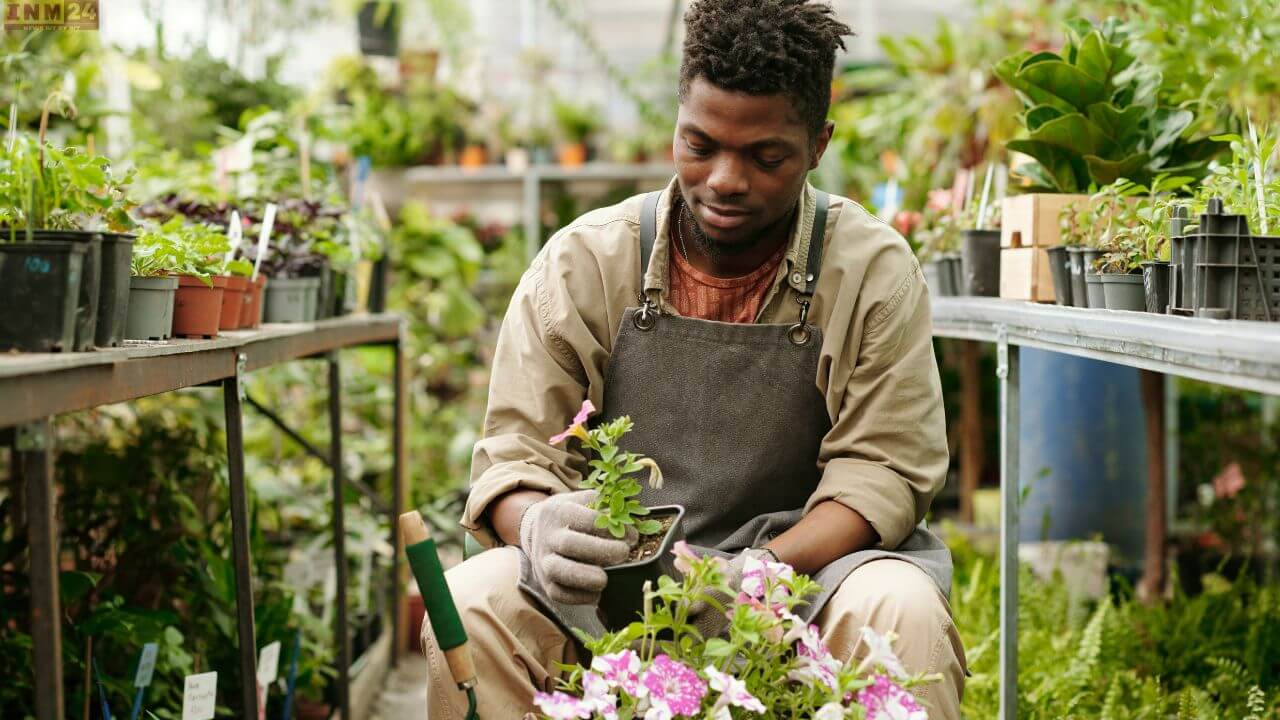Gardening is a hobby cherished by many. Some transform a portion of their home into a garden to keep their passion alive, while others adorn their balconies and rooftops with colorful flowers and grow vegetables. Planting may be easy, but nurturing them is often challenging. Despite proper care, plants may fail to thrive or wither away. In pursuit of maintaining healthy plants, people often resort to chemical-based fertilizers available in the market. However, what many don’t realize is that the dry flowers they consider waste can serve as a natural fertilizer for their garden. Yes, dry flowers can be beneficial for the growth of plants in your garden. Today, we’ll discuss how dry flowers can prove to be beneficial for plants and how to make fertilizer from them.
How to Make Fertilizer from Dry Flowers
Ingredients
- Dry flowers (rose, marigold, sunflower, etc.)
- Green leaves (grass, vegetable peels, etc.)
- Cow dung or vermicompost (optional)
- Water and salt
Method
- Choose a container that is at least 1 foot deep and 2 feet wide.
- Mix plenty of dry flowers, leaves, and cow dung or vermicompost thoroughly.
- Add a little water and salt to moisten the mixture.
- Once the mixture is well blended, fill it in a garbage bag.
- Place the garbage bag in a cool place.
- Leave it for a couple of weeks, and the fertilizer will be ready on its own.
Benefits of Dry Flower Fertilizer
- Mulching: Dry flowers make excellent mulch. By spreading them on the soil surface, you can retain moisture, control soil temperature, and suppress weeds. Over time, these flowers decompose into organic matter, increasing soil fertility and nutrient content.
- Pest Control: Some dry flowers, such as lavender and mint, work as natural insect repellents. By strategically placing them in your garden, you can keep harmful pests at bay and protect your plants.
- Improvement in Soil Structure: Dry flowers are a rich source of organic matter, which helps improve soil structure. They aerate the soil, enhance drainage, and bind nutrient elements, promoting healthy plant growth.
- Decoration: Using dry flowers, you can create unique and beautiful decorations for your garden. You can place them in pots, hang them on walls, or use them to make flower arrangements, adding aesthetic appeal to your outdoor space.
- Shelter for Wildlife: Dry flowers provide shelter for beneficial organisms like bees, butterflies, and other pollinators. These creatures play a crucial role in pollination, ensuring the reproduction of plants in your garden.
Tips for Using Dry Flower Fertilizer
- Ensure Complete Drying: Using moist flowers may invite fungi and diseases.
- Break into Small Pieces: Large pieces may hinder soil penetration.
- Use Variety: Use different types of flowers to add color, diversity, and nutrients to your garden.
- Strategic Placement: Place them in areas where you need soil improvement, pest control, or decoration.
Instead of discarding dry flowers as waste, consider utilizing them to create homemade fertilizer for your garden. Not only is it an eco-friendly approach, but it also enhances soil health, promotes plant growth, and adds beauty to your outdoor space. So, next time you see dry flowers, don’t throw them away; instead, turn them into a valuable resource for your garden.
